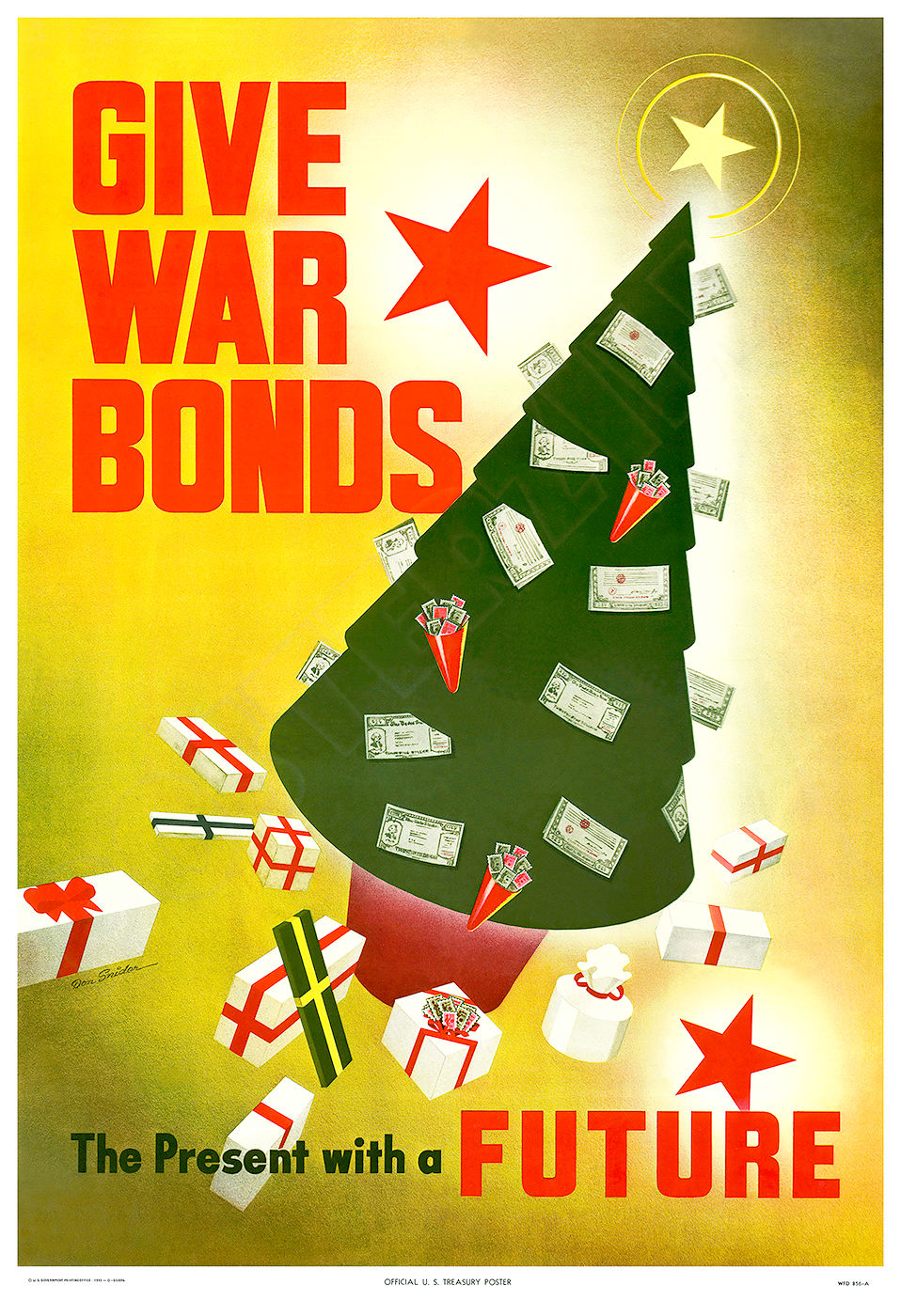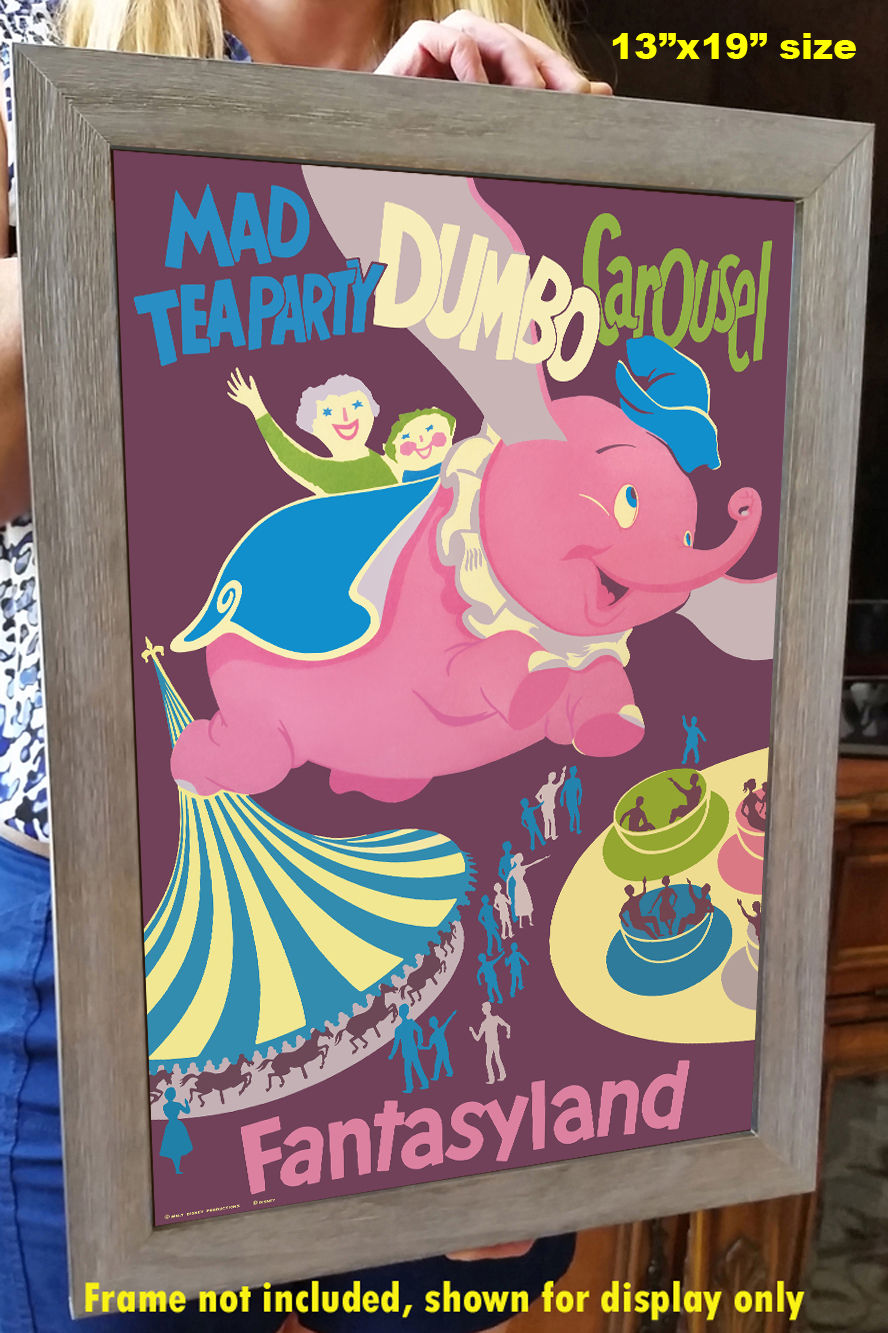This beautiful reproduction poster has been re-mastered from an original late 1930’s WPA poster to promote the enlistment of small boat operators in the Coast Guard. The vibrant colors and detail of this classic image have been painstakingly brought back to life to preserve a great piece of history. The high-resolution image is printed on 13" x 19" archival photo paper, on a large-format professional giclée process printer. The poster is shipped in a rigid cardboard tube, and is ready for framing.
The 13"x19" format is an excellent image size that looks great as a stand-alone piece of art, or as a grouped visual statement. A wide variety of frames are readily available at your local craft or hobby retailer, and online.
A great vintage print for your home, shop, or business!
HISTORY
U.S. COAST GUARD AUXILIARY
When the Coast Guard "Reserve" was authorized by act of Congress on June 23, 1939, the Coast Guard was given a legislative mandate to use civilian volunteers to promote safety on and over the high seas and the nation's navigable waters. The Coast Guard Reserve was then a non-military service comprised of unpaid, volunteer U.S. citizens who owned motorboats or yachts.
Two years later, on Feb. 19, Congress amended the 1939 act with passage of the Auxiliary and Reserve Act of 1941. Passage of this act designated the Reserve as a military branch of the active service, while the civilian volunteers, formerly referred to as the Coast Guard Reserve, became the Auxiliary.
February 19 is formally recognized as the birth of the Coast Guard Reserve while June 23 is recognized as birthday of the Coast Guard Auxiliary.
On Dec. 7, 1941, Lt. Cmdr. Frank D. Higbee ordered the Auxiliary to duty in the 11th Naval District (Calif.) and told them in effect: “Come back with your shield, or on it!” When America entered World War II, 50,000 Auxiliary members joined the war effort. They guarded waterfronts, carried out coastal picket patrols, rescued survivors from scuttled ships and did anything else they were asked to do. Many of their private vessels were placed into service.
After the war, Auxiliarists resumed their recreational boating safety duties. The Auxiliary's four cornerstones--Vessel Examination, Education, Operations and Fellowship--were established and remain the Auxiliary's pillars today.
THE WORKS PROGRESS ADMINISTRATION
The Works Progress Administration (WPA; renamed in 1939 as the Work Projects Administration) was an American New Deal agency, employing millions of job-seekers (mostly unskilled men) to carry out public works projects, including the construction of public buildings and roads. The WPA commissioned artists to create posters and advertisements for everything from local city projects, to national parks.
The WPA was established on May 6, 1935, by Executive Order 7034. In a much smaller project, Federal Project Number One, the WPA employed musicians, artists, writers, actors and directors in large arts, drama, media, and literacy projects. The four projects dedicated to these were: the Federal Writers’ Project (FWP), the Historical Records Survey (HRS), the Federal Theatre Project (FTP), the Federal Music Project (FMP), and the Federal Art Project (FAP). In the Historical Records Survey, for instance, many former slaves in the South were interviewed; these documents are of great importance for American history. Theater and music groups toured throughout America, and gave more than 225,000 performances. Archaeological investigations under the WPA were influential in the rediscovery of pre-Columbian Native American cultures, and the development of professional archaeology in the US.
Almost every community in the United States had a new park, bridge, or school that was constructed by the agency. The WPA's initial appropriation in 1935 was for $4.9 billion (about 6.7 percent of the 1935 GDP).
Headed by Harry Hopkins, the WPA provided jobs and income to the unemployed during the Great Depression in the United States, while developing infrastructure to support the current and future society.
Above all, the WPA hired workers and craftsmen who were mainly employed in building streets. Thus, under the leadership of the WPA, more than 1 million km of streets and over 10,000 bridges were built, in addition to many airports and much housing.
top of page
$19.95Price
Color: Blue
These are simply the best posters available! You will be thrilled with the image quality, vivid colors, fine paper, and unique subjects.
Our posters are sized for standard off-the-shelf frames, with no custom framing required, providing huge cost savings!
Related Products
bottom of page
































